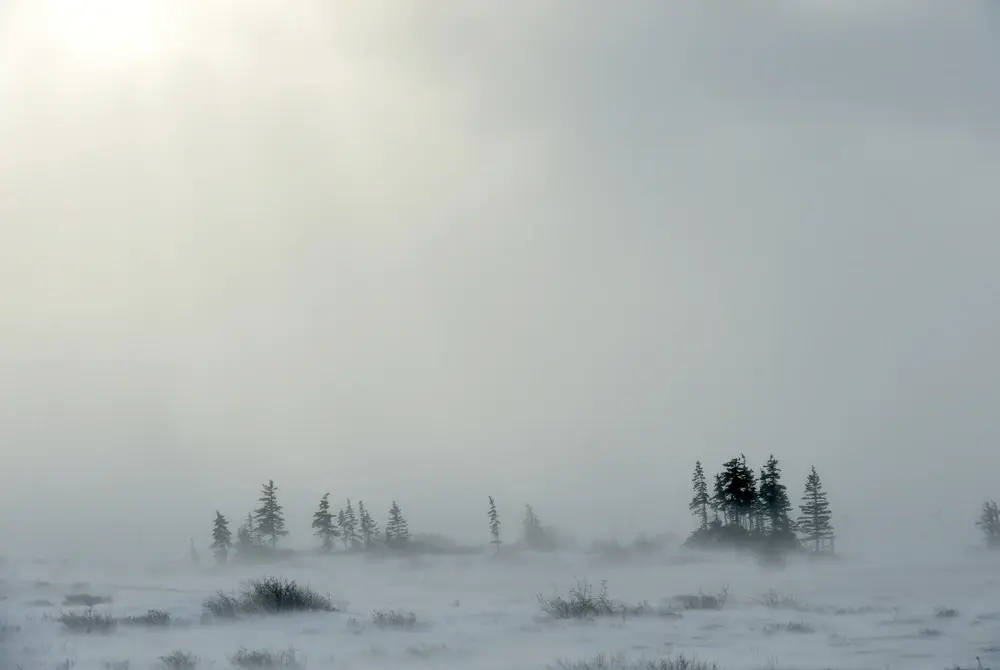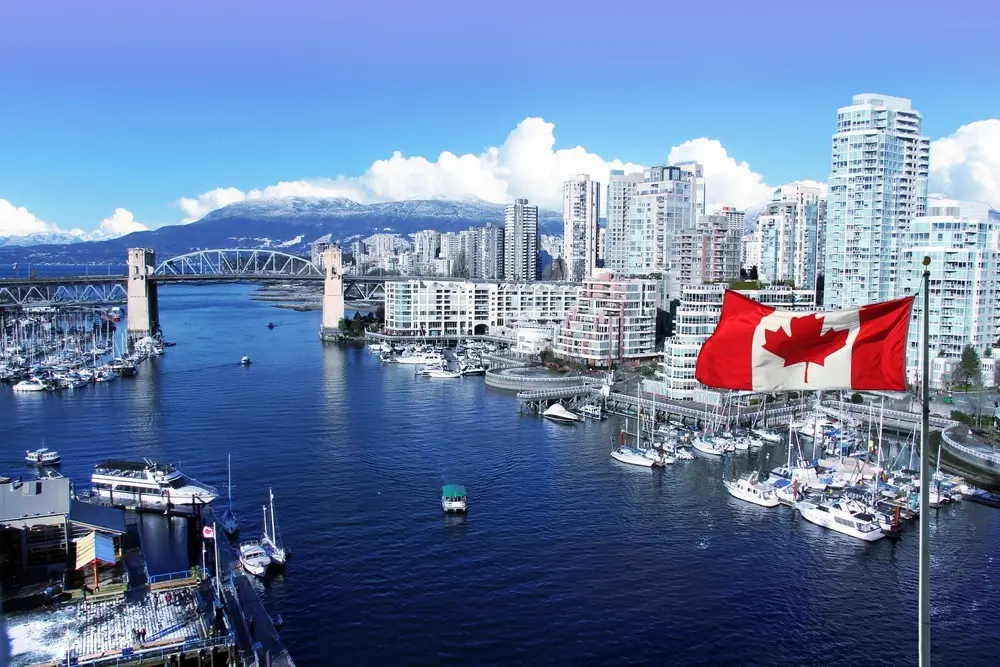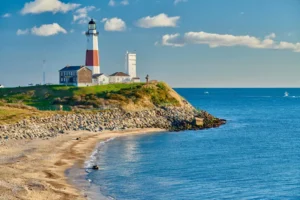Canada, with its vast landscape and diverse cultures, is a beacon for tourists around the world. From the magnificent Rocky Mountains to picturesque cities like Toronto and Vancouver, Canada is an exceptional experience for travelers from all over the world, and the timing of your visit can greatly impact your trip. This guide presents the nuances of planning your trip, and highlights the times you may prefer to avoid in 2024 for the perfect experience.
The Worst Time to Visit Canada: A Seasonal Breakdown

Winter (December to February)
During winter, Canada transforms into a snowy wonderland, offering pristine conditions for skiing, snowboarding, and other winter sports. Yet, this is also when temperatures can be particularly unforgiving, especially in provinces like Alberta and Quebec, where the mercury can dip significantly. For those not enamored with the cold or winter activities, this season might not be ideal.
The cold can be particularly daunting for visitors unaccustomed to the Canadian winter, with some areas experiencing severe snowstorms or icy conditions. This might limit travel and outdoor activities, making it a less desirable time for those looking to explore Canada’s urban offerings or milder natural landscapes.
Spring (March to May)
Spring ushers in warmer weather and the rejuvenation of Canada’s flora and fauna. However, this season is also marked by its unpredictability, with potential for cold snaps and, in certain areas, substantial rainfall. This transitional nature might not offer the full spectrum of activities available during peak seasons, potentially diminishing its appeal for adventure seekers.
Despite these challenges, spring can also be a time of beauty, with the melting snow revealing lush landscapes and blooming flowers. But, for those seeking stable weather and a wide range of outdoor activities, spring might pose too many uncertainties.
Summer (June to August)
Summer in Canada is synonymous with peak tourist season, offering warm temperatures and a host of festivals and events. However, this popularity comes with drawbacks, including crowded attractions and elevated prices. If solitude or budget-friendly travel is a priority, you might find summer less appealing.
The allure of summer is undeniable, with long days and pleasant nights offering the perfect backdrop for exploration. Yet, the influx of tourists can detract from the experience, leading to longer wait times and a more hectic pace.
Fall (September to November)
Fall in Canada is celebrated for its breathtaking foliage and cooler, comfortable temperatures. However, as the season progresses, particularly by November, the weather can turn dreary and cold, with shorter days limiting outdoor activities. This gradual transition to winter can affect the overall travel experience, making late fall a less optimal time for some visitors.
The early part of fall, however, can be delightful, with fewer tourists and mild weather. But as the season wanes, the impending winter can cast a chill, both literally and figuratively, on your visit.
Seasonal analysis
This table shows the seasons and their downsides, which helps determine undesirable times to visit Canada based on personal preferences and interests.
| Season | Months | Characteristics | Potential Downsides |
|---|---|---|---|
| Winter | December to February | Magical snowy landscapes, opportunities for winter sports | Extremely cold, particularly in Alberta and Quebec; not ideal for those averse to cold weather or not interested in winter sports |
| Spring | March to May | Warmer weather, blooming landscapes | Unpredictable weather with potential for cold snaps and heavy rainfall; may not offer the full array of activities available in peak seasons |
| Summer | June to August | Warm weather, plethora of festivals and events | Crowded attractions, higher prices; not ideal for those looking to avoid hustle and bustle |
| Fall | September to November | Stunning foliage, comfortable temperatures early in the season | Weather turns dreary and cold towards late fall; shorter days and less sunlight, potentially dampening travel experience |
Specific Factors That Can Spoil a Trip
Beyond seasonal weather, other elements can mar a trip to Canada. Summer’s tourist surge can lead to overcrowded sights and lengthy queues. Furthermore, regional occurrences like wildfires or floods, especially in prone areas, can disrupt travel plans. Awareness of these factors is essential for a seamless travel experience.
Wrapping Up: When Not to Visit Canada
To conclude, Canada’s status as a year-round destination is undisputed, yet certain periods may not align with every traveler’s expectations. The extreme cold of winter, the unpredictability of spring, the crowds of summer, and the cooling of fall present considerations for planning your trip. The worst time to visit Canada is thus a subjective decision, influenced by your preferences and the nature of your intended experiences.
FAQs
What is the coldest month in Canada?
Typically, January stands as the coldest month, particularly in central and eastern Canada, where the cold can be especially severe.
Are there any months I should avoid due to high tourist traffic?
July and August see the highest tourist traffic. Opting for shoulder seasons like spring and fall might offer a quieter and possibly more enjoyable visit.
Can I visit national parks in the off-season?
Yes, though services may be limited. Checking the specific park’s website for current information is advisable before planning your visit.
Is there a best time for wildlife viewing in Canada?
Late spring to early fall is optimal for wildlife viewing. The specific timing can vary by region and the type of wildlife you’re interested in observing.
For more information, visit our website





Pingback: The Best & Worst Times to Visit Mexico in 2024